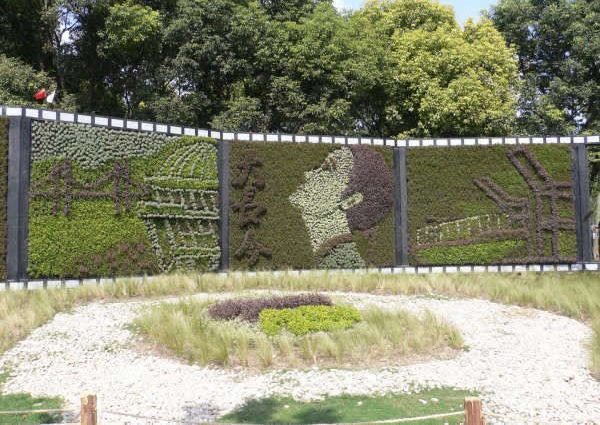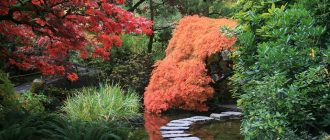Japanese garden art comes in a variety of different forms. To find out more about artistic expressions that take their inspiration from the gardens of Japan read on…
Japanese gardens have been around for centuries. They are a beautiful work of art. NIWA is the word for Japanese garden, meaning “pure place”. This comes from the ideal that the gardens echo the Garden of Eden. Japanese Gardens are often known for the peace and serenity that they help to give.
The principles that Zen have given to the Japanese garden are the representation of the universe and its elements. Each element is in the garden in some form or another. For instance, fire would be represented by a stone or iron lantern, earth in the form of stone and so on for each element.
There are different types of elements that go into a Japanese garden and will help to mold the garden into an art form of its own.
• Stones, Gravel and Sand – Gravel is typically used to designate sacred grounds. Large stones symbolize mountains and hills and serve as building materials for bridges. Sand and gravel have sometimes replaced water. Some stone will be carved into statues, adding to the artistic feel of the garden.
• Ponds, streams and waterfalls – Ponds are generally the central element of most gardens, representing mythical lakes or seas. Some are filled with carp (koi) fish, which give extra color to the garden.
• Islands and bridges – Have been a long standing element in Japanese gardens. Islands have ranged in size from small outcroppings to large islands. Bridges are used to connect the islands or to move across streams and ponds.
• Vegetation – Trees, shrubs, lawns and flowers of all kinds have been used to help decorate these artful gardens. You will find maple and cherry trees along with pine and bamboo and plum trees as well. Plants are usually arranged to imitate nature in the garden.
• Hills – These are usually found in larger gardens and would represent mythical mountains.
• Lanterns – Lanterns that are used in Japanese Gardens come in different sizes and have been a basic element in gardens throughout the centuries. They are usually paired with water basins and give a pleasing aesthetic sight as well as giving light to the garden.
• Water basins – These will typically be stone water basins. They are used for ritual cleansings, especially before ritual tea ceremonies. They can be from very simple designs to very elegant and intricate carvings in stone.
• Paths – You will find circular paths made of stepping stones, crushed gravel, sand or packed earth. These are constructed to lead the visitor to the main or best spots in the garden. They also section off areas of the garden as well.
• Buildings – Some gardens will have buildings within them and the garden has been built around them, such as a palace or a temple.
The design is very important and has been known as a Japanese art form for over one thousand years.





